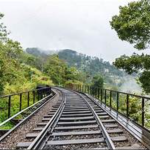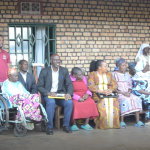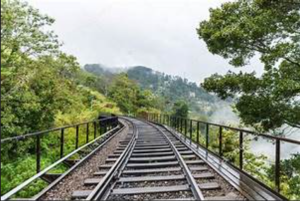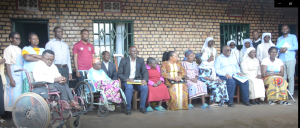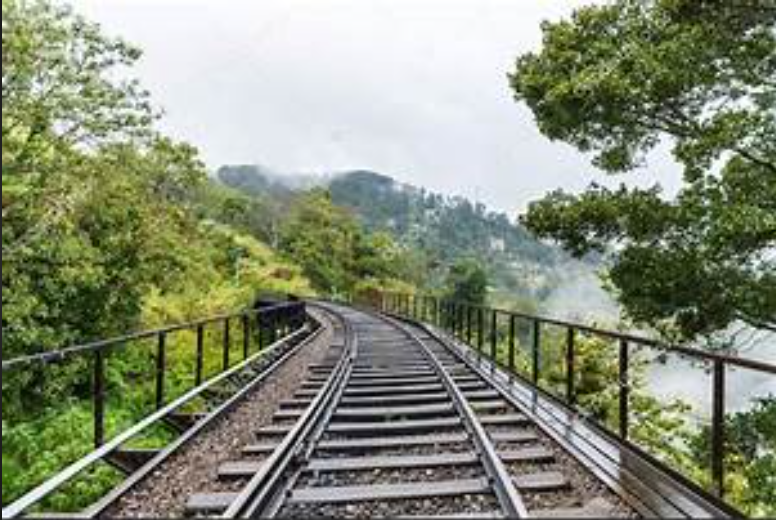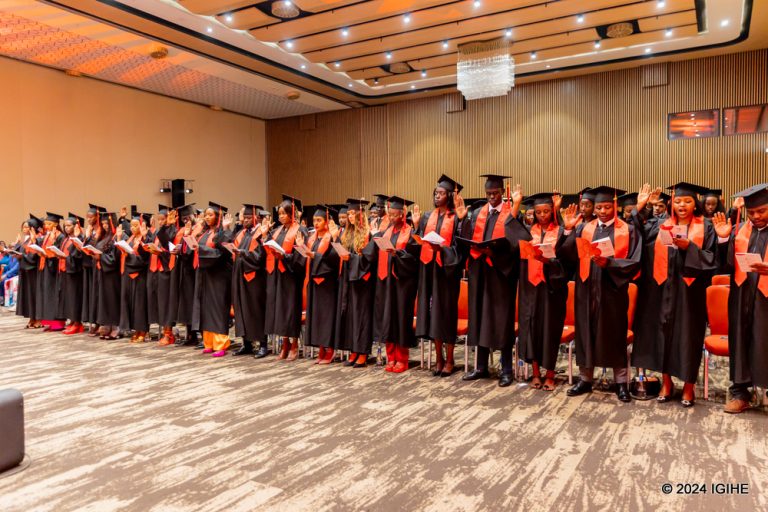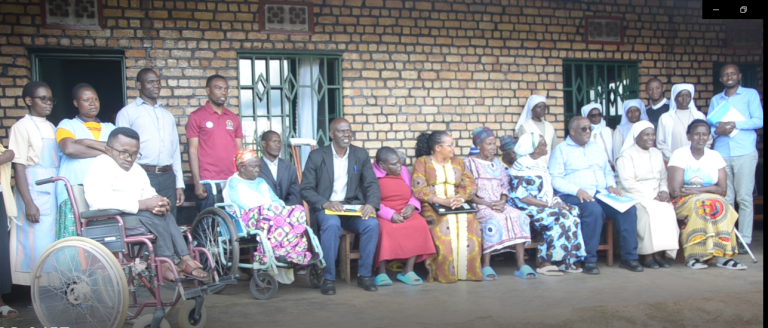Rwanda’s Ministry of Infrastructure has reaffirmed the country’s readiness to implement the long-awaited railway project that will connect it to the East African region but says the plan is still pending due to delays in commitments from partner countries.
A Regional Vision for Connectivity
The planned railway network is expected to link Rwanda with several East African countries, easing transportation and trade flows for a landlocked nation that heavily depends on regional routes for imports and exports.
While the Rwanda–Tanzania railway line has drawn the most attention, Rwanda is also a stakeholder in another major corridor that involves Kenya, Uganda, and South Sudan, as part of the Northern Corridor infrastructure projects.
The initiative is designed to cut travel times and boost trade efficiency, especially for Rwandan traders whose goods must currently move by road to and from seaports.
Proposed Route and Design
Survey works have already been completed in Rwanda, and markers have been installed to show the route of the railway that will connect Rusumo (on the Rwanda–Tanzania border) to Kigali City, ending at the Dubai Ports terminal in Kicukiro District.
Additionally, an 18-kilometer branch line is planned to extend from Kicukiro to the new Kigali International Airport in Bugesera District.
This long-anticipated project first proposed more than 20 years ago aims to integrate Rwanda into the broader Central Corridor railway network, linking several East African nations.
Slow Progress Since 2018 Agreement
A bilateral agreement to construct the 532-kilometer railway was signed on March 9, 2018.
Since then, progress has mainly been visible on the Tanzanian side, while discussions on how to extend the line into Rwanda have stalled.
Speaking during a panel discussion organized by the African Development Bank (AfDB) on November 12, 2025, Emmanuel Nuwamanya, the Director of Planning at Rwanda’s Ministry of Infrastructure, confirmed that the feasibility studies on Rwanda’s side are complete. “The key point is that the studies are in place, and they will serve as the foundation for mobilizing resources to begin construction,”
said Nuwamanya.
He added that Rwanda’s participation is not in question the country is ready to proceed as soon as partner countries, including Tanzania, mobilize their respective financing and start implementation.
Financing and Economic Impact
Under the cost-sharing framework, Rwanda is expected to contribute over US$1.5 billion, while Tanzania, which will cover a larger portion of the route, will invest more than US$2.5 billion.
Once completed, the railway is projected to reduce Rwanda’s transport costs by at least 40%, offering a major boost to the country’s trade competitiveness and lowering logistics expenses for importers and exporters.
Currently, about 70% of Rwanda’s goods pass through the Port of Dar es Salaam, making the railway a strategic priority for both public and private sectors. “This project will have a transformative impact on our trade. It will make movement of goods faster, cheaper, and more predictable,”
said Nuwamanya.
The Rwanda–Tanzania Standard Gauge Railway (SGR) remains one of the most ambitious infrastructure projects in East Africa a potential game-changer for regional connectivity. Yet, progress has been slowed by financing hurdles, coordination delays, and differing implementation timelines among partner states.
As Rwanda reiterates its readiness, the next phase depends heavily on political alignment and funding commitments across the region. For Rwanda, a nation without direct access to the sea, the railway symbolizes not just economic opportunity but a long-term aspiration for independence in trade logistics.

